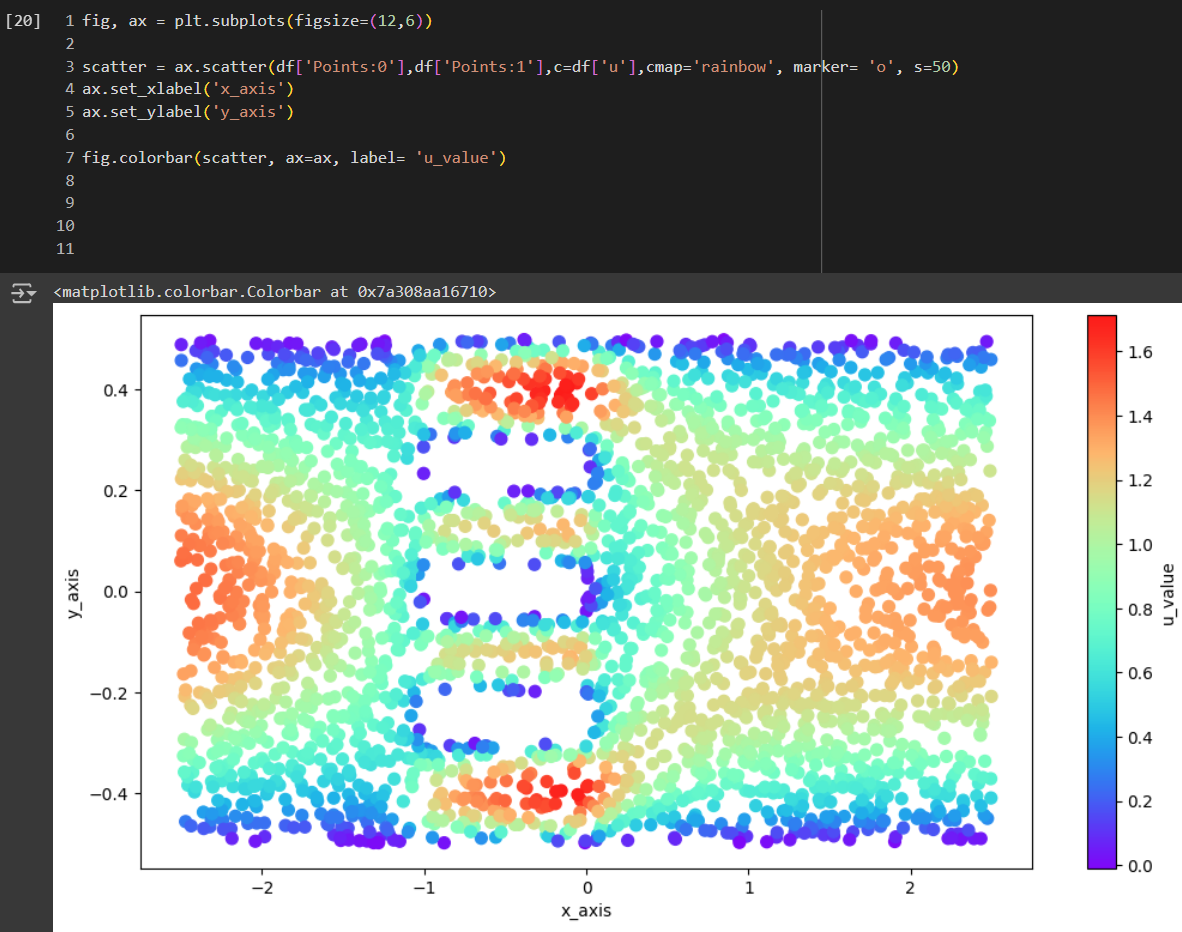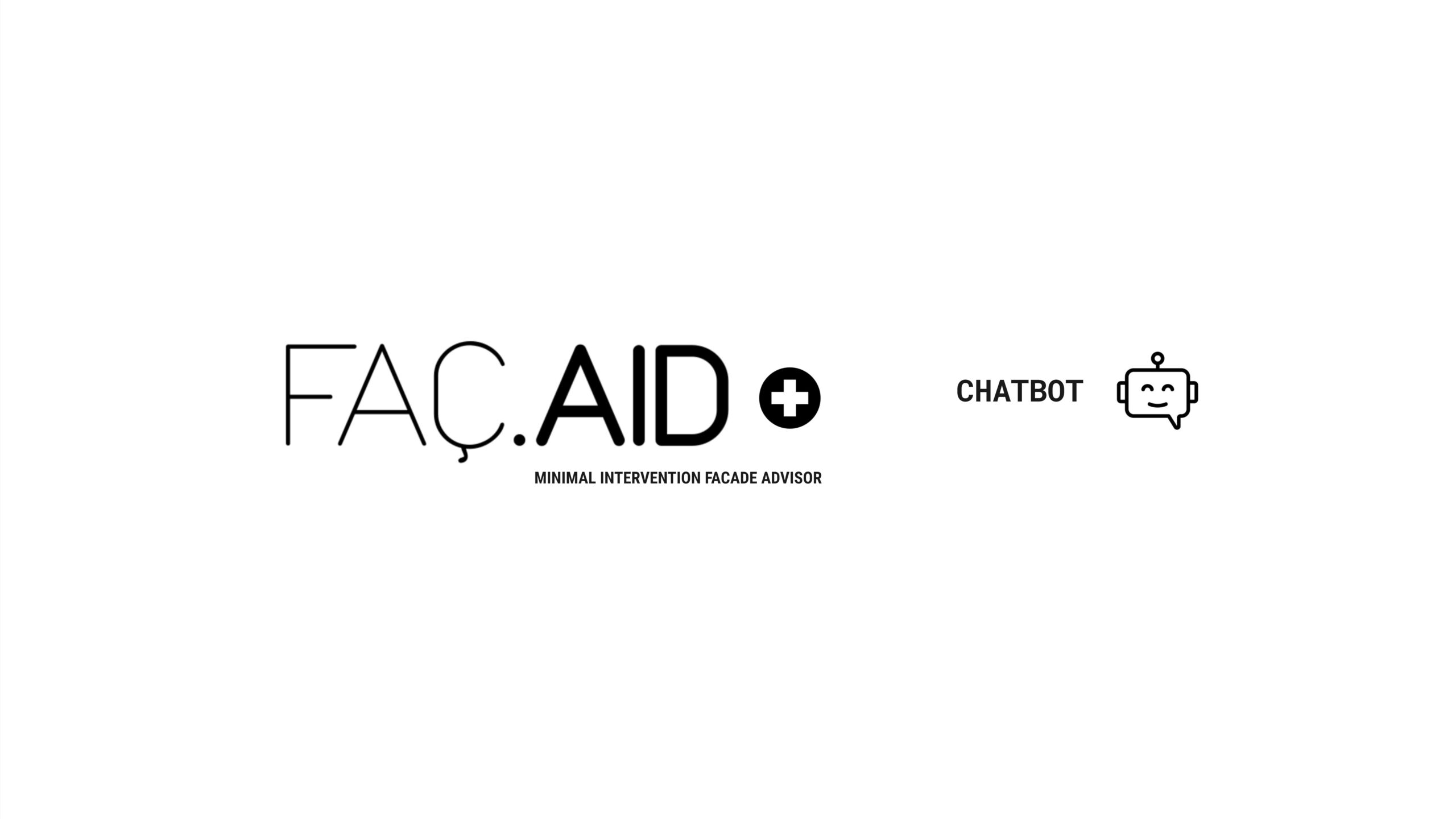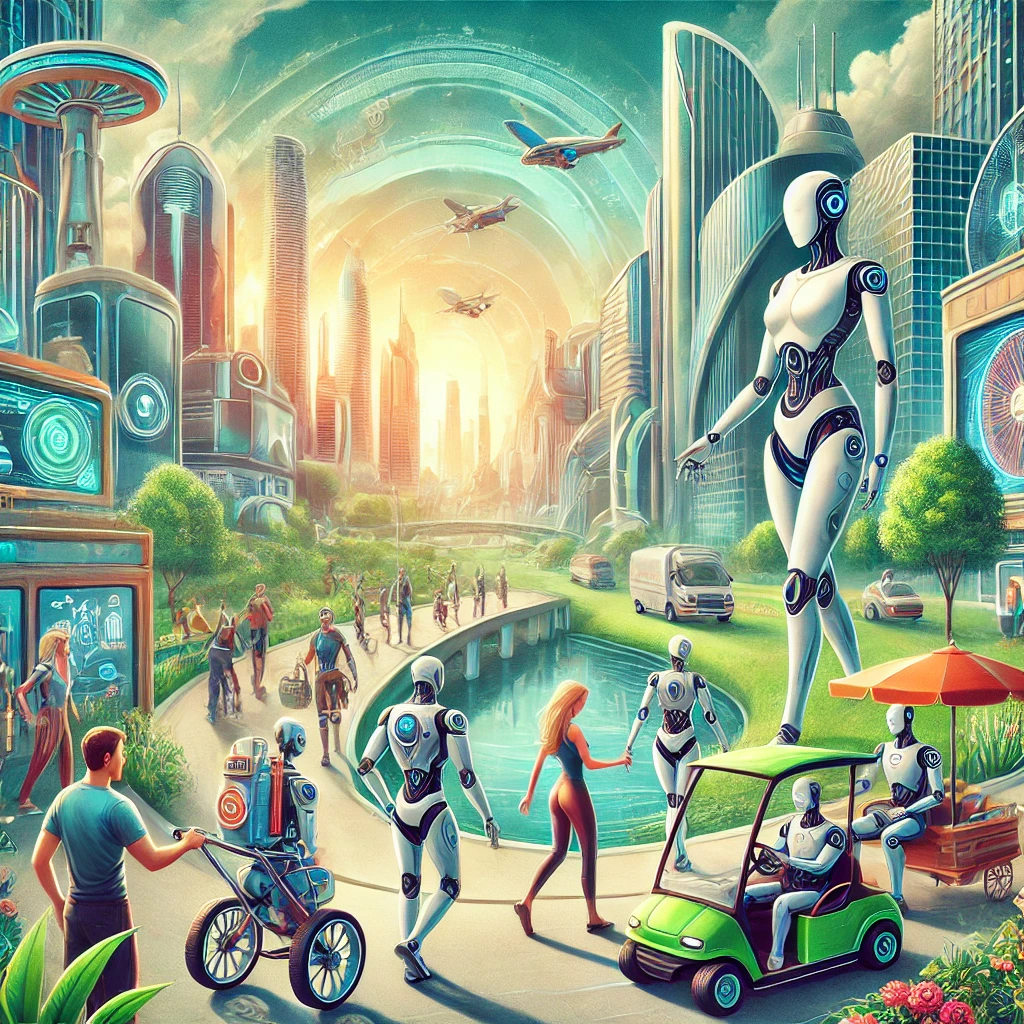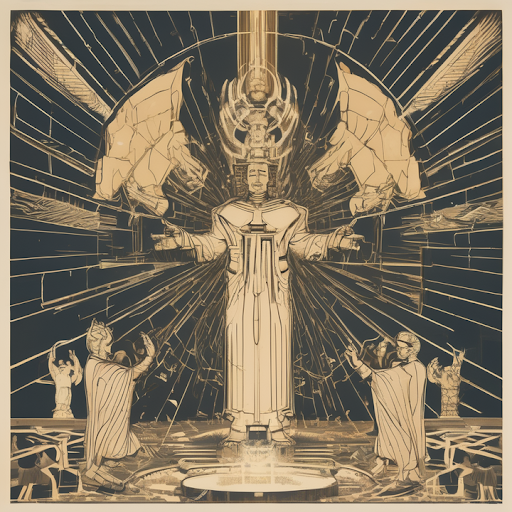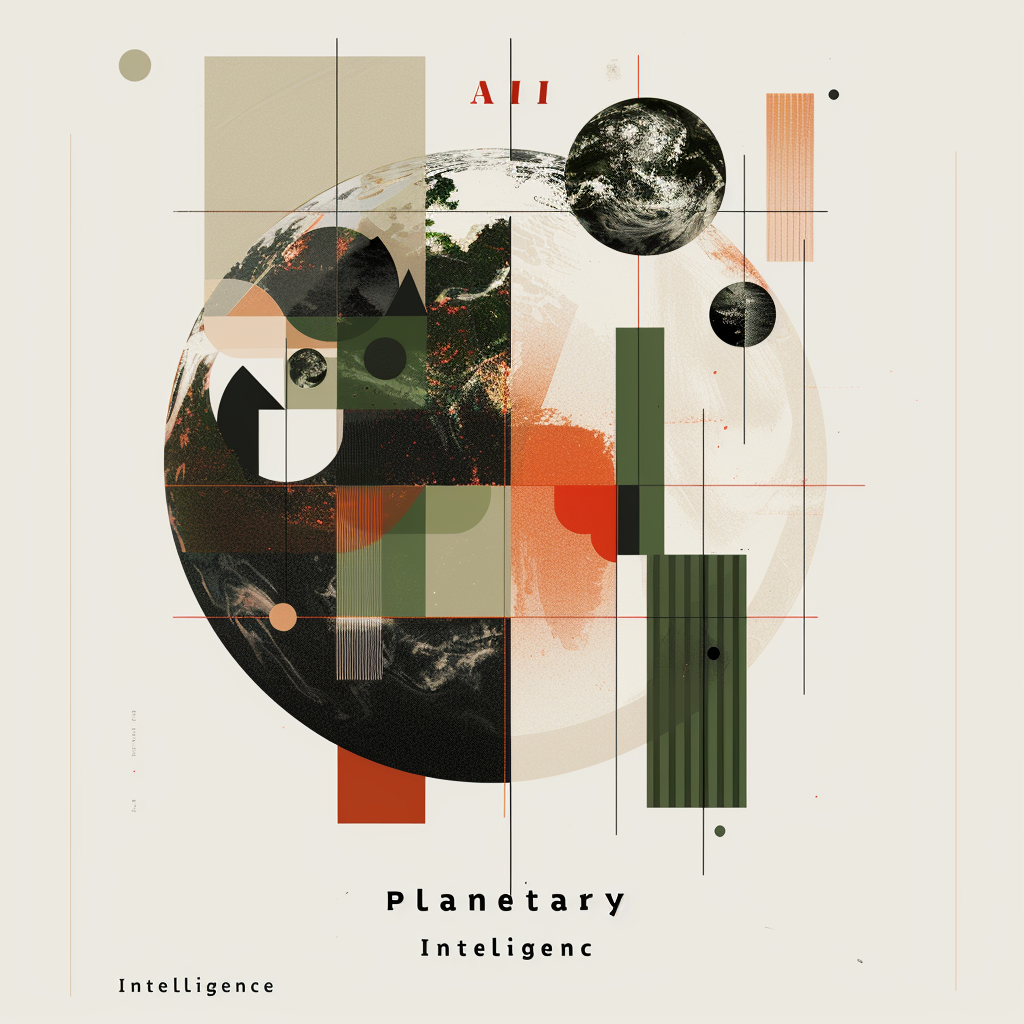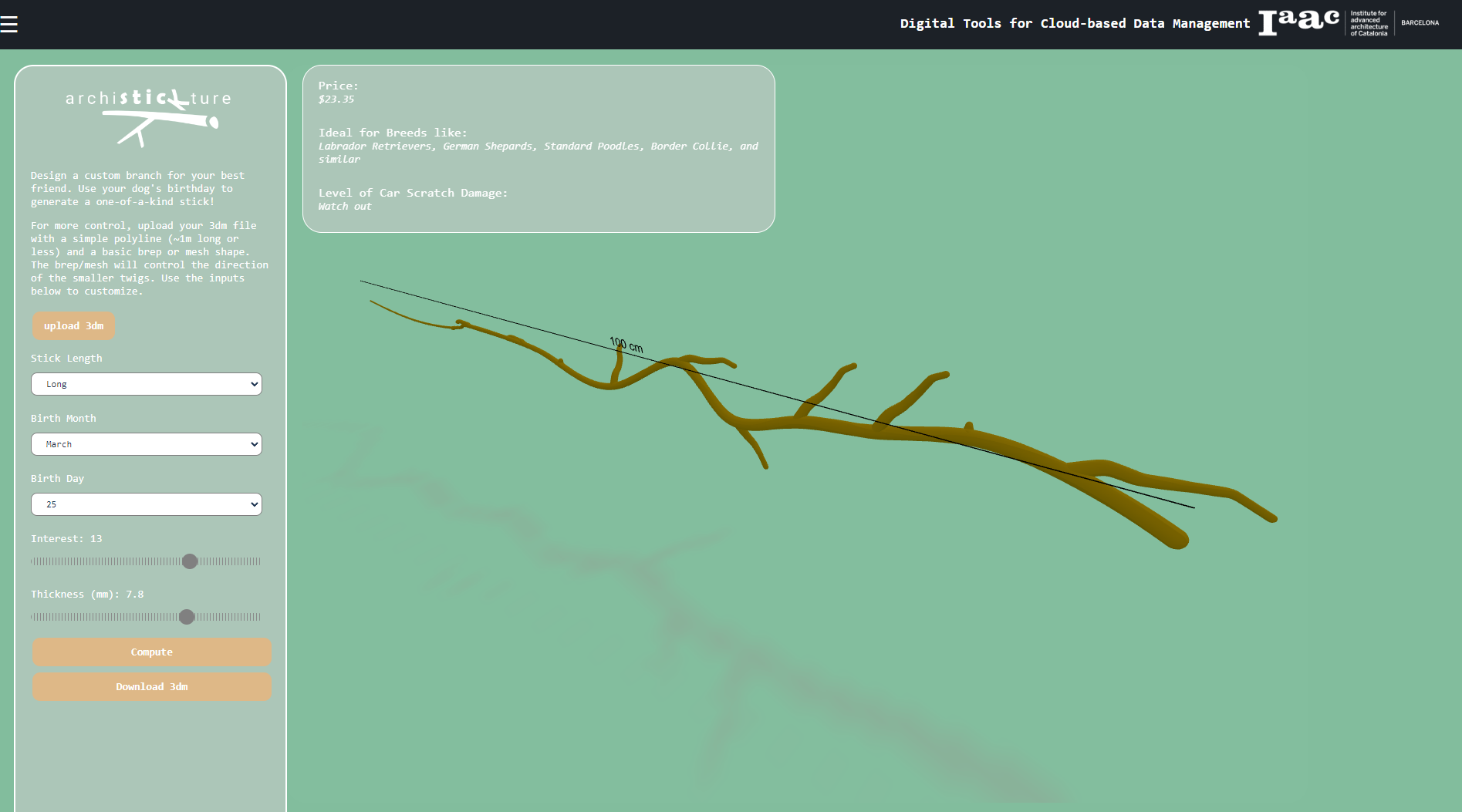Urban Wind Flow Modeling with PINNs
Overview PaperLink WIP – This study specifically explores Physics-Informed Neural Networks (PINNs) and Computational Fluid Dynamics (CFD) to analyze pedestrian wind comfort. It aims to integrate these neural network models into a web application using Three.js and other tools. By utilizing data from OpenWeatherMap, and OpenStreetMap, the project aims to support real-time simulations and visualizations … Read more

